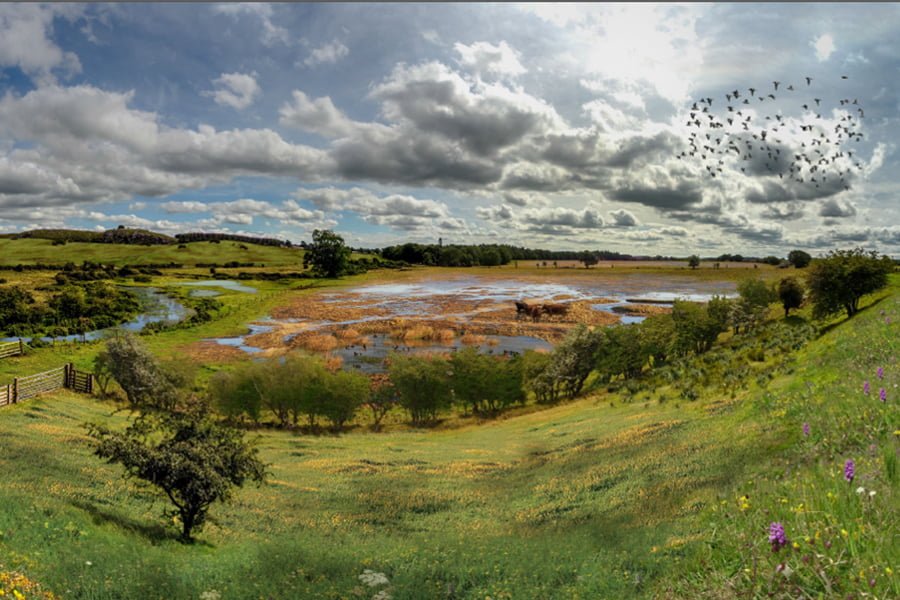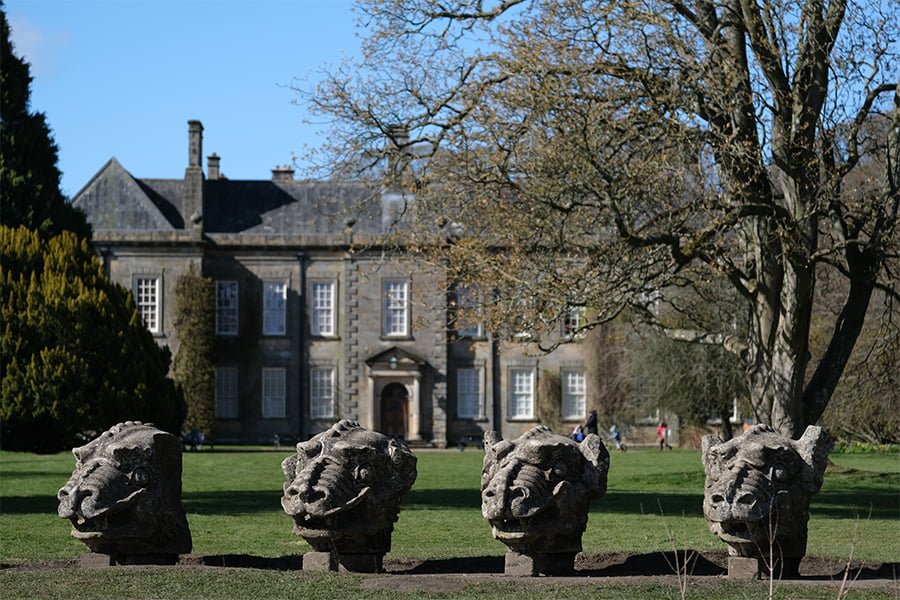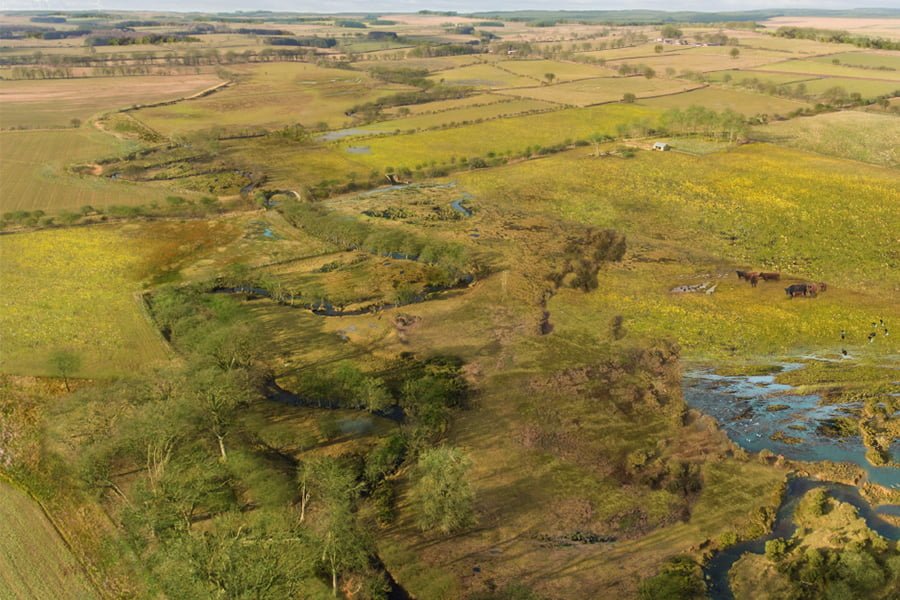
TEP has just been appointed as the Countryside Clerk of Works to support the National Trust in delivering a habitat restoration project on the Trust’s Wallington Estate in Northumberland. Through this Defra funded project, the National Trust is committing to securing nature-rich historic landscapes that are resilient to a changing climate, which TEP’s Landscape Managers will be helping to deliver.
Wallington is a 13,000-acre estate that was originally intended as a country retreat by owner Sir William Blackett, who bought the property in 1688. The Blacketts were a wealthy Newcastle family of mine owners and shipping magnates but as the family line ended in 1777, the estate became home to several generations of the Trevelyan family. The estate is made up of a Grade I listed 17th-century mansion that sits within swathes of woodland. It also boasts ornamental lakes, landscaped lawns and a magnificent walled garden. In 1941 socialist Sir Charles Philips Trevelyan, who was an avid plant collector, gifted the estate to the National Trust, who have been caring for it and preserving its history ever since.

Over the next ten months, TEP will provide Clerk of Works services onsite to support National Trust staff in the restoration of riparian habitat along the Hart Burn catchment. The works will provide the estate with new and restored habitat, which will contribute to natural flood management and provide a richer experience for their visitors.

TEP will be working across four tenanted farms on the estate, in which the Hart Burn and its tributaries are located. We will be working closely with tenant farmers and appointed contractors to oversee the implementation of fencing to protect 6.5km of riparian corridor, an extensive woodland planting phase of 75,000 young trees and 7,300m of native hedgerow. This will enable the estate to expand habitat connections and bring an array of nature-based solutions and ecosystem services to this area of the estate.
The project is now underway with the fencing and hard landscaping set to commence from early June.
To discover more from our landscape managers click here.
Photographs by the National Trust








